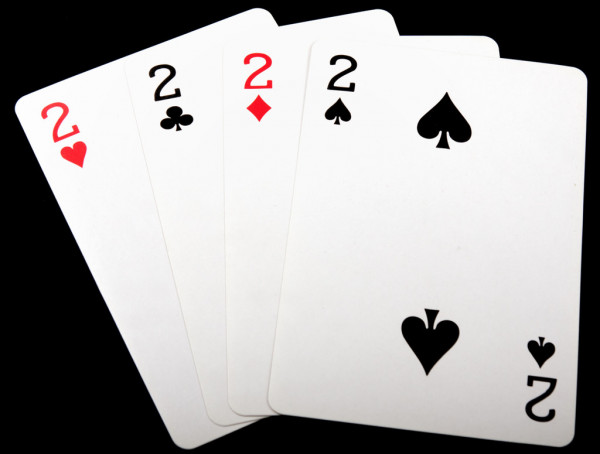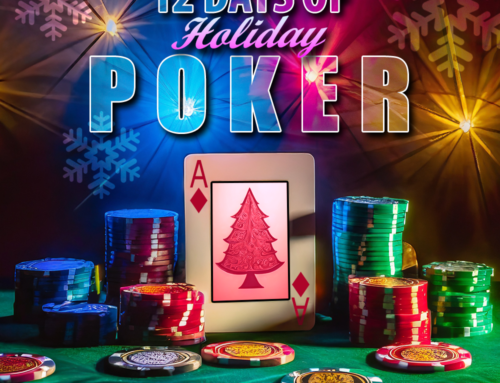In live and online poker, a small pocket pair runs from 22 to 66 – at this point, any higher pair would either be called a medium or a high pocket pair. There is a lot of strength in these low pairs, but if a player overvalues them, they end up in hot water after the flop.
Small pocket pairs are generally in the lead pre-flop as long as none of your opponents have a higher pocket pair. However, play after the flop can get dangerous if the hand does not improve.
TIPS
Here are some tips to help you make the best moves when you have a small pocket pair.
Here’s the thing: if you have a small pocket pair, there is a very good chance that over cards will show up on the fop. That means that you have an underpair, in relationship to the board, and it will be tough to figure out where you are in terms of hand supremacy. If you bet and then get called, you still don’t really know if your hand is ahead.
The other player could have a higher pair, a lower pair, a drawing hand or anything else, to be honest. The interplay of bet and call does not provide much information, and finding out on the turn and the river can cost money.
A small pocket pair really pays off when you get to a set thanks to the flop. This happens when your pocket pair gets a third on the flop. A set gives you a considerable advantage because it is hidden – much less obvious to your opponents as a source of danger than a pair on the flop that gives you three of a kind with one-hole card.
WHEN TO PLAY
There is a rule that you should follow when you play poker for real cash or a poker tournament: The best way to play with small pocket pairs after the flop is not to play at all – unless you hit a set. Spending money and risking your poker bankroll to find out if you are in the lead is not smart strategy, and it is very hard to get anything out of a small pocket pair after the flop if you don’t get to a set or some other improvement, so the more you can avoid those situations, the fewer avoidable losses you will run up over time.
If you’re going to play small pocket pairs, make sure that your opponents have deep stacks (around 70BB or so). You’re not going to get too many sets, but when it is possible, you want to rake in the chips. Don’t call raises when the opponent has a small stack, because the odds of a flop are one in eight, and you’re not going to get enough money to reward that risk. However, big stacks mean big implied odds, and big potential rewards.
If you do call a raise in this situation, don’t call more than 7BB. Normally, the pre-flop raise runs between 3 and 4 BB. However, a larger raise could scare the opponent into folding, and it also is worth the added risk because of the implied odds that come in if you do hit a set.
Test your online poker skills on our mobile friendly platform here
Promo code for NLOP Players: AUG25TKB
Valid through 8/27/2020







